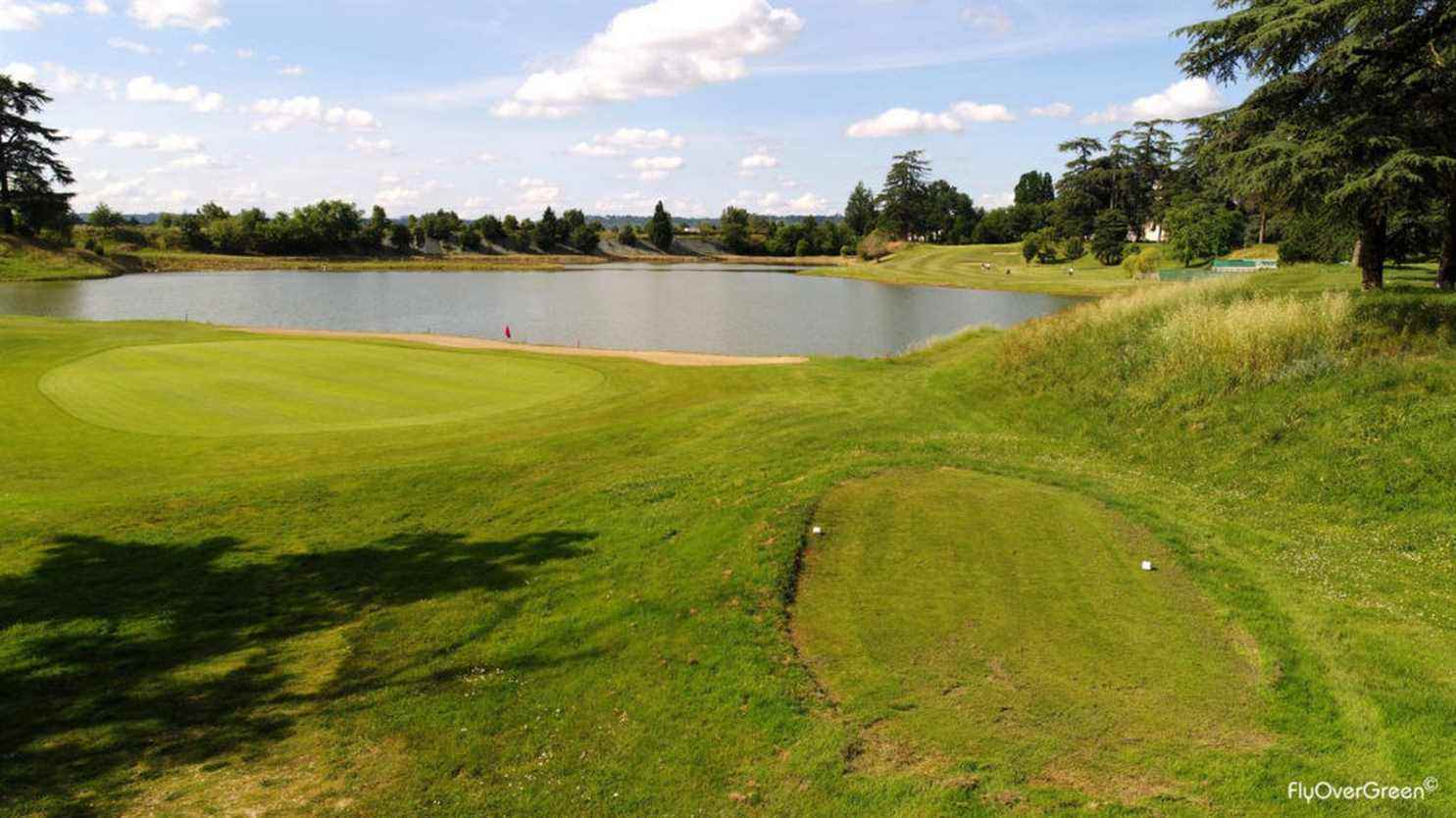Philippe Sasseigne, president of the Agen-Bon Encontre golf course in Lot et Garonne is the guest of Run of the river.
Water is a vital element for the practice of golf, but the preservation of the resource is today a priority for the French federation. The subject is often controversial. On average, a course consumes 25,000 cubic meters of water per year, and per 9 holes. Preparing and maintaining healthy lawns involves large amounts of water that precipitation cannot meet.
In France, more than 70% of golf courses take irrigation water from natural environments, either on the surface or in underground layers, and 10% use water from the public network. The latter are therefore directly impacted by the availability of the resource, which may require restrictive measures in order to guarantee the distribution of drinking water for all, but also the maintenance of biodiversity and aquatic ecosystems.
For several years, the Agen-Bon Encontre golf course, in the Lot et Garonne, has been looking for a solution to no longer water its course with drinking water. This will be the case next spring. Last July, drilling was carried out on the instructions of two dowsers, including a specialist in clayey limestone soils.
A water vein was found 148 meters deep, practically at the level of the Garonne. The transport work has just been completed and the route will therefore now be watered with water from the well!
Philippe Sasseigne, the president of the association which manages the Agen-Bon Encontre golf course, explains that the drilling allows a flow of 10 cubic meters of water per hour, which is clearly sufficient, since the watering of the golf course, which is carried out at night, requires between 6 and 7 cubic meters per hour.
“The idea is to have very reasoned water management”, specifies Philippe Sasseigne. Only the essential parts of the course are watered. This concerns the green, a small area that needs to be watered regularly because the grass is fine and fragile. The departure areas will also be affected as well as certain sensitive areas in times of drought. 3 to 4 hectares will thus be watered over the 20 hectares of the golf course “, specifies Philippe Sasseigne.
The French golf federation is very involved in the protection of the resource and imposes a certain number of measures on the various affiliated golf courses. A first charter on water was signed in 2006, with the Ministry of Ecology and the Ministry of Sports. This “State-sector” consultation framework makes it possible in particular to fix adapted and progressive measures to limit the use of water, in the event of a decree restricting the use of water.
Initially (alert threshold), watering during the day is prohibited. When the situation worsens, it is the watering of the fairways which is prohibited (crisis threshold), and in the event of a serious crisis (enhanced alert threshold), the watering of the departures is prohibited, but the watering greens (ie 2% of the average surface of a golf course) remains authorized in order to guarantee the maintenance of the economic activity of the golf courses (in the event of a shortage of drinking water, the watering of the greens may be prohibited).
The sector is committed to continuing to reduce water consumption (renovation and optimization of sprinkler systems). It also wants to implement agronomic solutions (conversion of flora to install grasses more resistant to lack of water, mechanical operations to improve the soil’s capacity to store water and promote deep rooting of the grass).
Finally, it wishes to seek out and set up, as far as possible, alternative systems to withdrawals from natural environments and to using water from the public network: creation of a rainwater reserve, use of water recycled by treatment plants.
